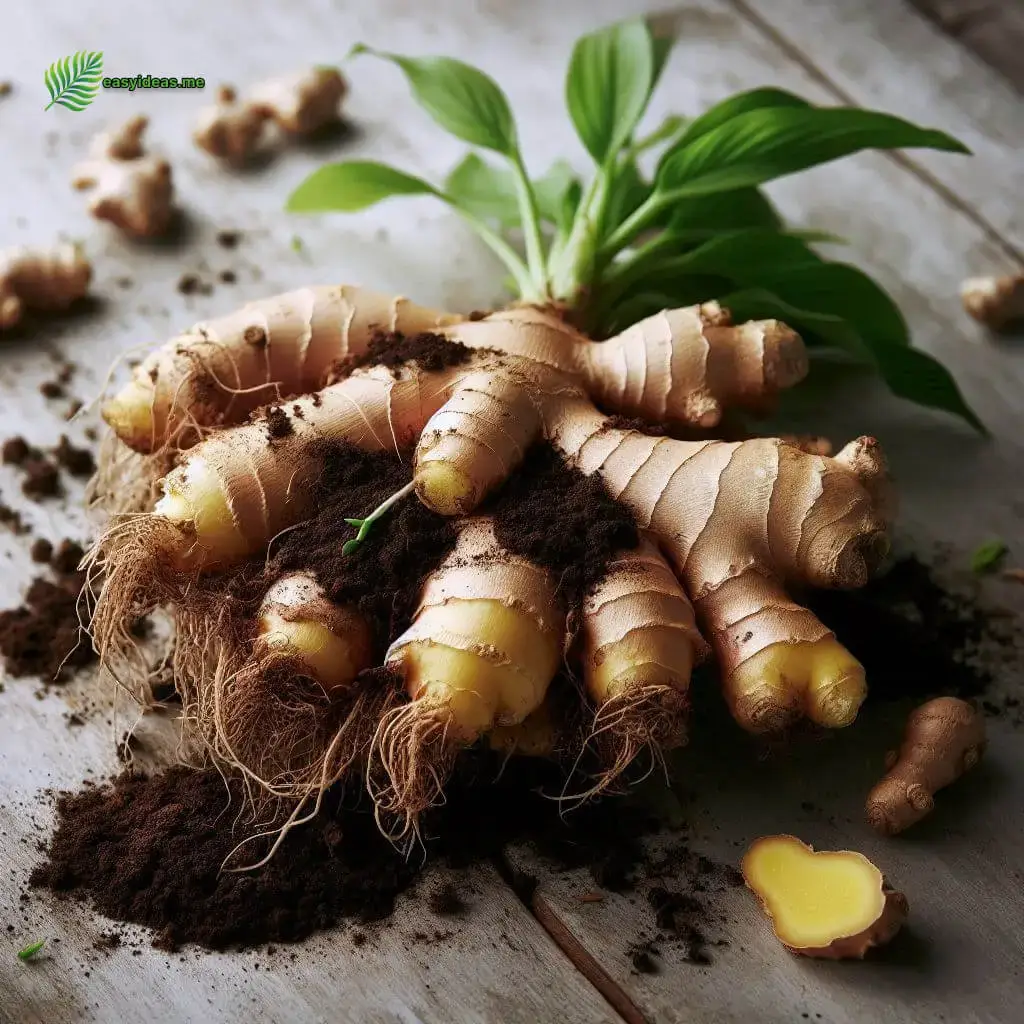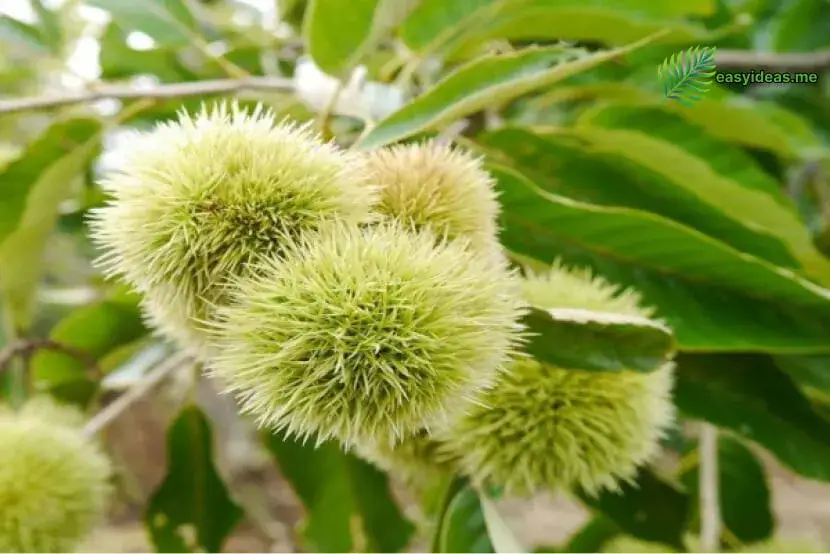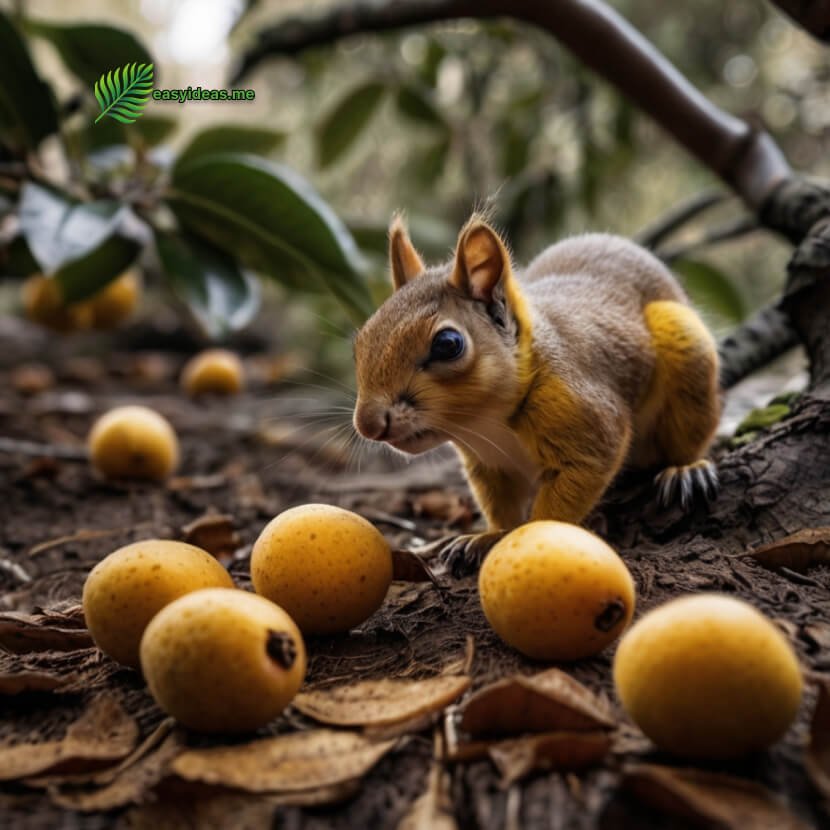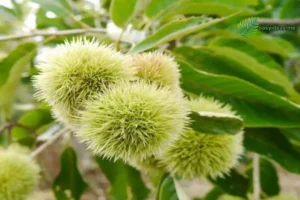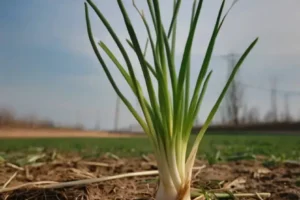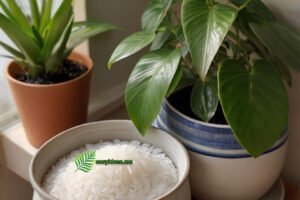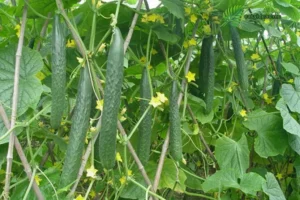Dill is a common herb used for both culinary and medicinal purposes, and its cultivation is relatively simple. However, achieving fast and successful germination is a key consideration in the planting process. Below are some methods to ensure quick and successful germination when growing dill.
I. Selecting Quality Seeds
Choosing the right seeds is the first step in dill cultivation. Opt for fresh, healthy seeds without any signs of pest damage. You can either purchase seeds from reputable suppliers or select them yourself in the market. When picking seeds, gently squeeze them between your fingers; if they feel pliable, it indicates their freshness.
II. Soaking the Seeds
Soaking dill seeds in lukewarm water can promote germination. The soaking time is generally 6-8 hours, and you can soak them overnight for planting the next morning. After soaking, the surface of the seeds becomes moist, speeding up water absorption and encouraging germination.
III. Choosing Suitable Soil
Dill prefers to grow in fertile, loose, and well-draining soil. When planting dill, choose deep, fertile soil with good drainage or amend the soil with organic fertilizers to improve fertility and water retention.
IV. Controlling Temperature and Humidity
Dill thrives in a warm, humid environment, with an optimal temperature range of 20-25°C and humidity around 60-70%. When planting dill, consider cultivating it indoors or in a greenhouse, controlling temperature and humidity to facilitate seed germination and seedling growth.

V. Watering Timely
When cultivating dill, water it at the right time to maintain soil moisture. However, be cautious not to overwater, as excessively damp soil can hinder seed germination and seedling growth. Generally, watering once a day to keep the soil moist is sufficient.
VI. Applying Fertilizer Timely
After dill has germinated, apply fertilizer at the appropriate time to promote seedling growth. You can choose organic or chemical fertilizers, but be cautious not to over-fertilize to avoid harm to the seedlings. Typically, fertilizing every 10-15 days is recommended.
VII. Pest and Disease Control
When growing dill, pay attention to pest and disease control. Common pests and diseases for dill include powdery mildew, aphids, and spider mites. You can use organic or chemical pesticides, but follow proper application methods and dosage to prevent harm to the seedlings.

In summary, ensuring fast and successful germination of dill involves paying attention to multiple aspects, including selecting quality seeds, soaking the seeds, choosing suitable soil, controlling temperature and humidity, watering timely, applying fertilizer at the right time, and being vigilant about pest and disease control. Only by considering these factors comprehensively can you achieve rapid and healthy germination of dill.


